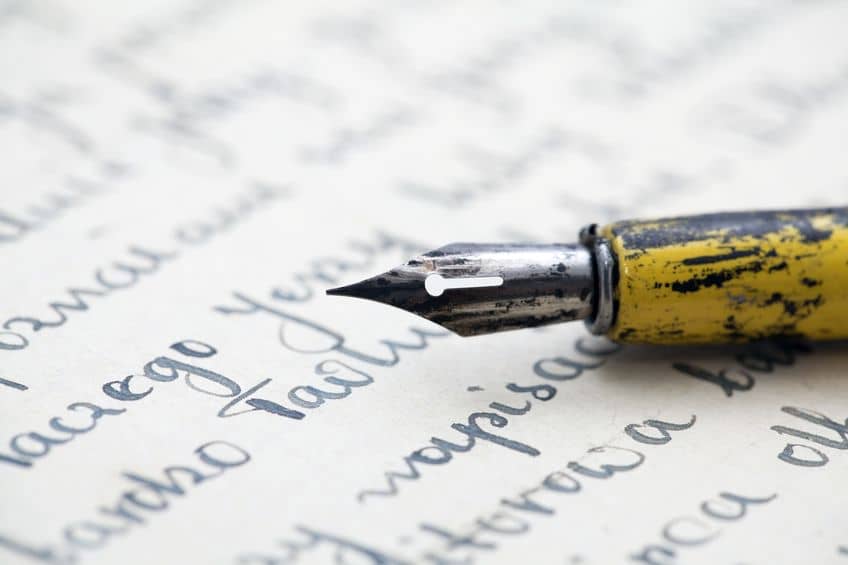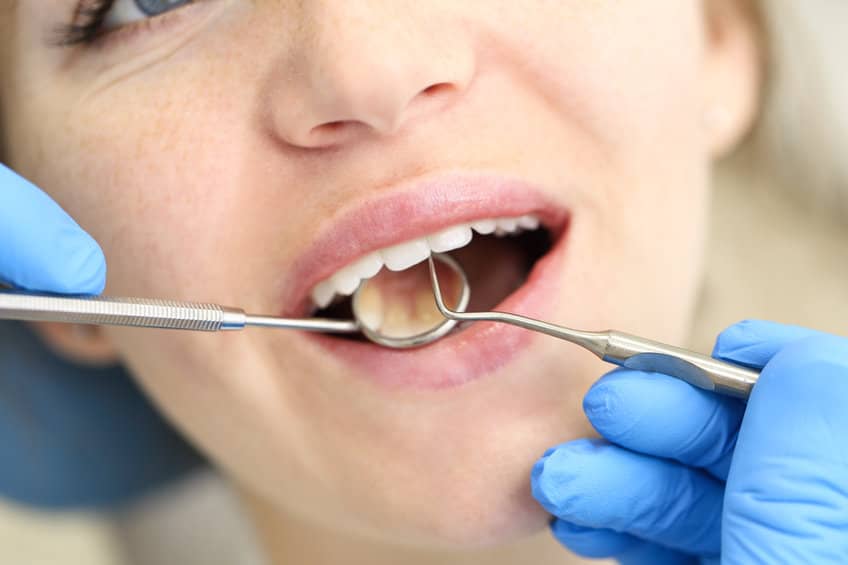Post-Traumatic Stress Disorder (PTSD) can feel overwhelming, but various therapeutic approaches can aid in recovery. One effective and accessible tool is journaling. Writing about thoughts, feelings, and experiences can help individuals process trauma, reduce symptoms, and promote healing. This article explores how journaling supports PTSD recovery, practical tips for getting started, and its benefits.
Why Journaling Helps in PTSD Recovery
Journaling provides a safe space to express emotions and reflect on experiences. For individuals with PTSD, it can serve as a therapeutic outlet for processing trauma without the pressure of sharing with others.
Encourages Emotional Expression
Trauma often leads to suppressed emotions. Journaling helps individuals:
- Explore and articulate feelings that might be difficult to verbalize.
- Release pent-up emotions in a private, judgment-free space.
- Gain insight into emotional patterns and triggers.
Aids in Processing Trauma
Writing allows individuals to revisit and make sense of traumatic events. By organizing thoughts and memories on paper, people can:
- Identify recurring themes or triggers.
- Reframe negative experiences into manageable narratives.
- Gradually desensitize themselves to painful memories.
Reduces Stress and Anxiety
Studies have shown that expressive writing reduces stress levels and improves mental health. Journaling can:
- Calm the mind by providing clarity and structure.
- Shift focus from intrusive thoughts to constructive reflection.
- Create a sense of control over overwhelming emotions.
Tracks Progress
Journaling offers a way to monitor changes over time. By looking back on past entries, individuals can:
- Recognize improvements in mood and coping abilities.
- Identify strategies that work best for managing symptoms.
- Celebrate small victories on their recovery journey.
Evidence Supporting Journaling for PTSD
Research supports the benefits of journaling for individuals with PTSD. A study published in the journal Psychological Science found that expressive writing improved emotional regulation and reduced PTSD symptoms in trauma survivors. Another study from The Journal of Traumatic Stress highlighted that individuals who journaled regularly experienced fewer intrusive thoughts and improved psychological well-being.
Types of Journaling for PTSD Recovery
Different journaling methods cater to individual preferences and needs. Here are some popular techniques:
Free Writing
Free writing involves jotting down thoughts and feelings without structure or censorship. This unfiltered approach allows individuals to:
- Release emotions as they arise.
- Explore hidden thoughts or fears.
- Gain spontaneous insights into their mental state.
Gratitude Journaling
Focusing on gratitude can shift attention from pain to positivity. This method includes:
- Writing three things you’re grateful for each day.
- Reflecting on moments of joy, no matter how small.
- Strengthening resilience by acknowledging the good in life.
Trauma Narratives
Trauma-focused journaling involves detailing the traumatic event in a structured way. This can:
- Help desensitize individuals to painful memories.
- Provide a clearer understanding of the event.
- Aid in reframing the trauma with a sense of empowerment.
Prompts-Based Journaling
Using prompts can guide individuals in exploring specific aspects of their experiences. Examples include:
- “What emotions did I feel today, and what triggered them?”
- “What does safety mean to me, and how can I create it?”
- “What small steps have I taken toward healing?”
Artistic Journaling
For those who struggle with words, combining art and writing can be therapeutic. Artistic journaling might include:
- Drawing or doodling alongside written entries.
- Creating collages with images that reflect emotions.
- Using colors to represent moods or experiences.
Practical Tips for Starting a PTSD Journal
Getting started with journaling can feel daunting, but these tips can make it easier:
Choose a Comfortable Medium
- Use a physical notebook or a digital platform, depending on your preference.
- Select a private and secure space to ensure confidentiality.
Set a Routine
- Dedicate a specific time each day for journaling, such as mornings or evenings.
- Start with 10-15 minutes and gradually increase the duration as it becomes a habit.
Be Kind to Yourself
- Write without judgment or concern for grammar and structure.
- Allow emotions to flow naturally, even if they’re difficult to face.
Use Prompts if Needed
- When feeling stuck, refer to journaling prompts to spark ideas.
- Focus on topics that feel manageable rather than overwhelming.
Take Breaks When Necessary
- If journaling becomes too emotionally intense, step away and return when ready.
- Practice grounding techniques, such as deep breathing, before resuming.
The Benefits of Journaling for PTSD Recovery
Journaling offers numerous emotional, psychological, and physical benefits for individuals with PTSD:
Emotional Benefits
- Provides a safe outlet for expressing emotions.
- Reduces feelings of isolation and loneliness.
- Increases self-awareness and emotional intelligence.
Psychological Benefits
- Improves problem-solving and coping skills.
- Enhances emotional regulation and resilience.
- Reduces the frequency of intrusive thoughts and flashbacks.
Physical Benefits
- Lowers stress-related physical symptoms, such as headaches or muscle tension.
- Improves sleep quality by creating a sense of closure before bedtime.
- Boosts immune function through stress reduction.
When to Seek Professional Support
While journaling can be a powerful tool for PTSD recovery, it may not be sufficient on its own. Consider seeking professional help if:
- Journaling triggers intense distress or flashbacks.
- Symptoms of PTSD significantly interfere with daily life.
- Additional support is needed to process trauma safely.
Therapies such as Cognitive Behavioral Therapy (CBT), Eye Movement Desensitization and Reprocessing (EMDR), and trauma-focused counseling can complement journaling efforts.
Final Thoughts
Journaling is a simple yet effective tool for managing PTSD symptoms and promoting healing. By providing a safe space for expression, aiding in trauma processing, and tracking progress, journaling empowers individuals on their recovery journey. Whether you choose free writing, gratitude journaling, or another method, the act of putting pen to paper can bring clarity, comfort, and hope. Remember, recovery is a gradual process, and every small step counts.
















